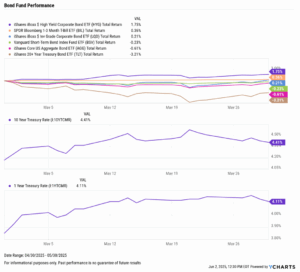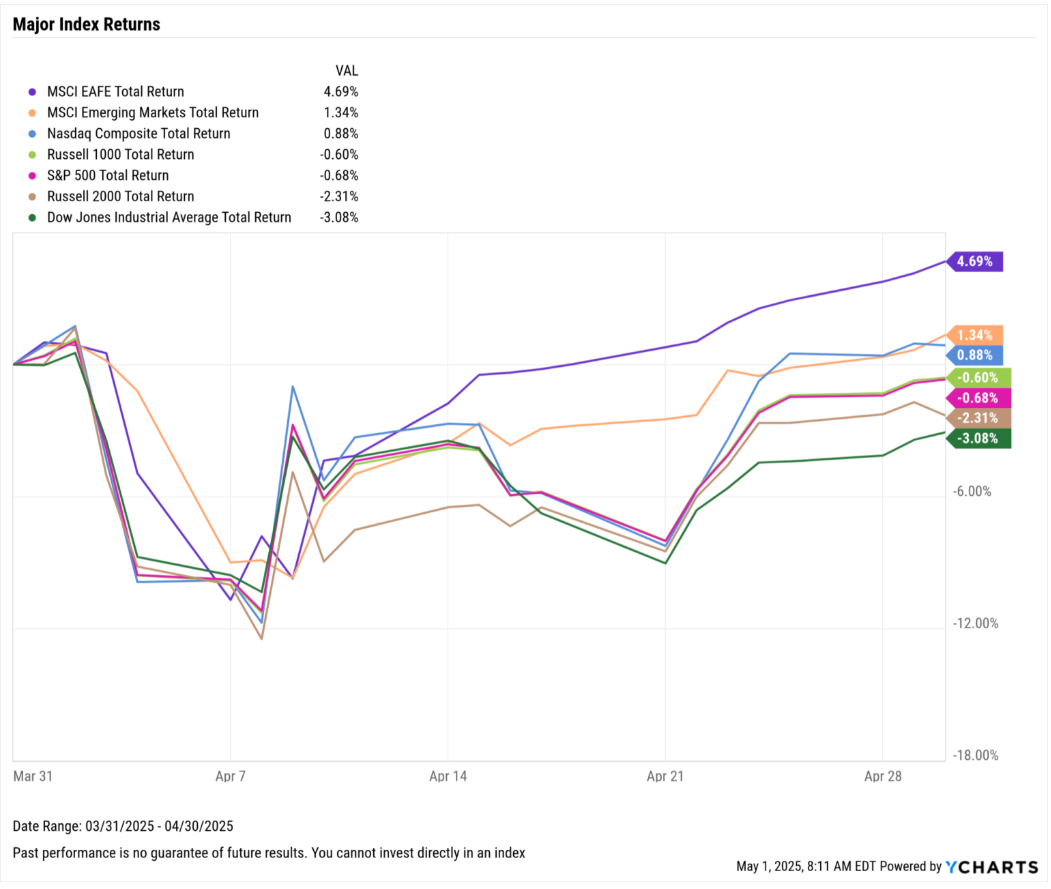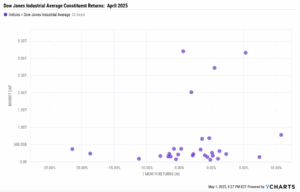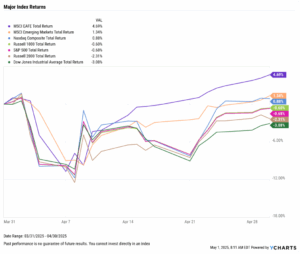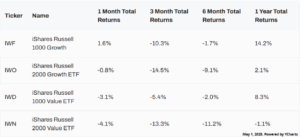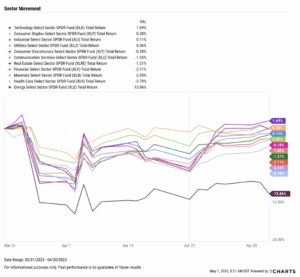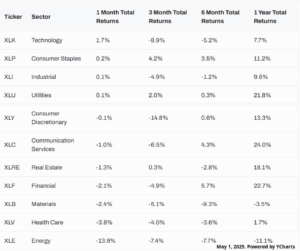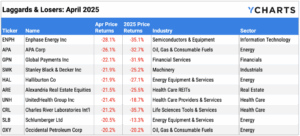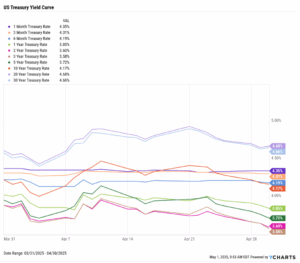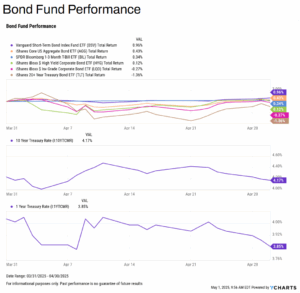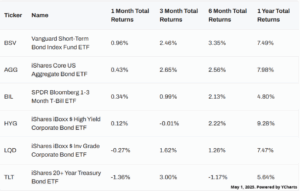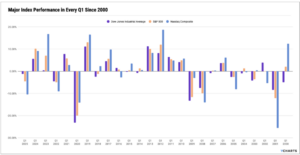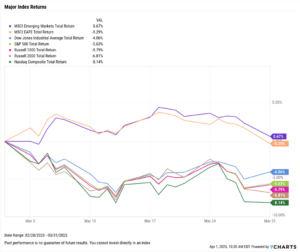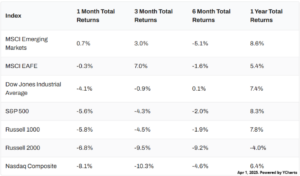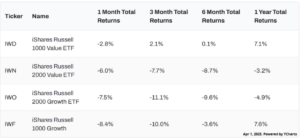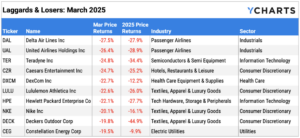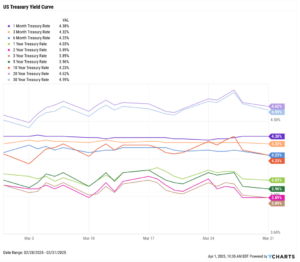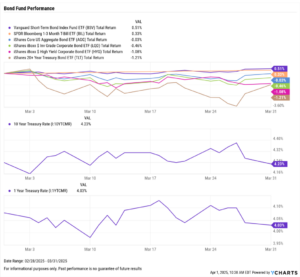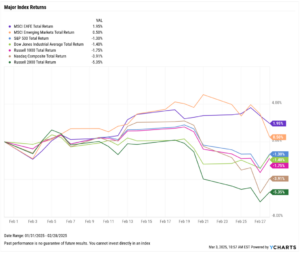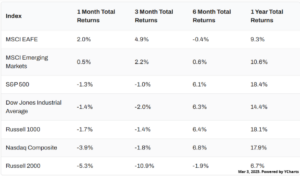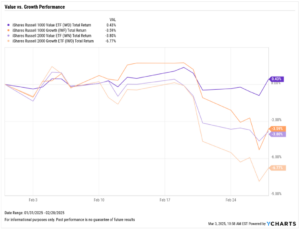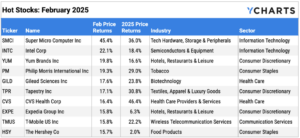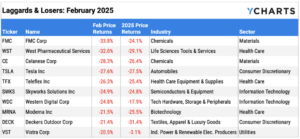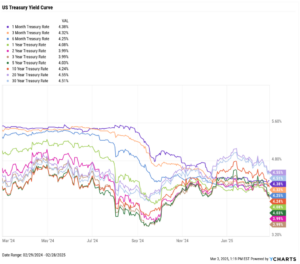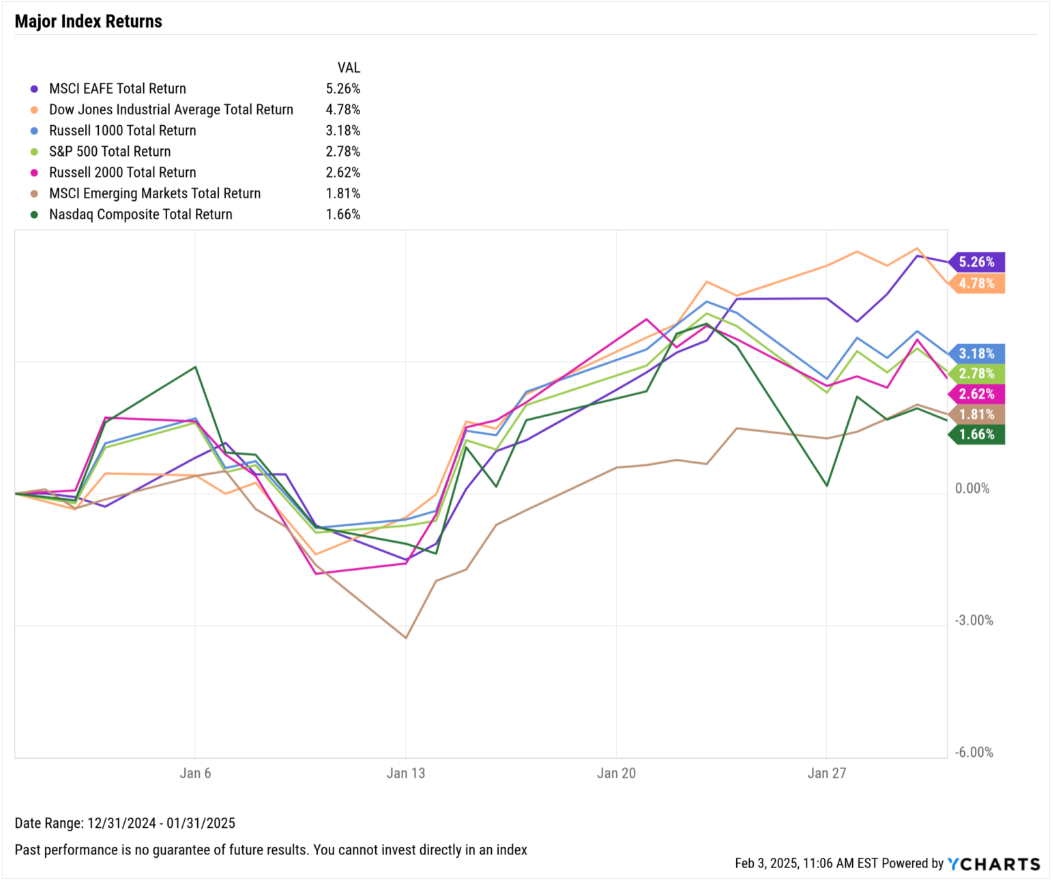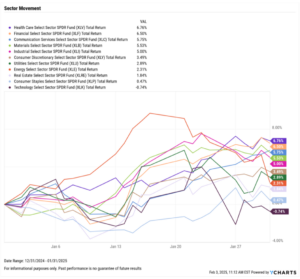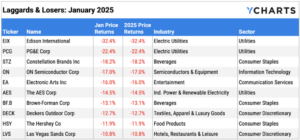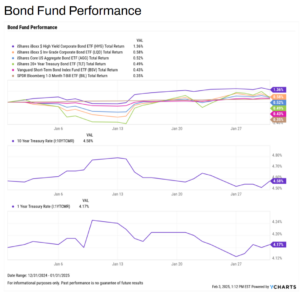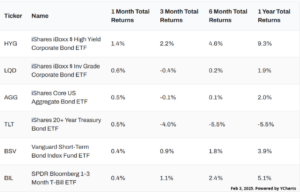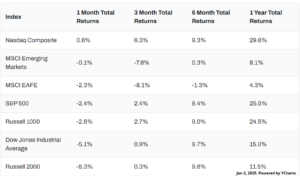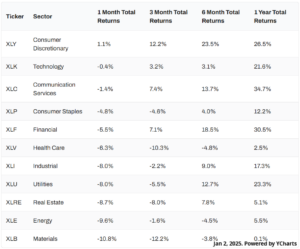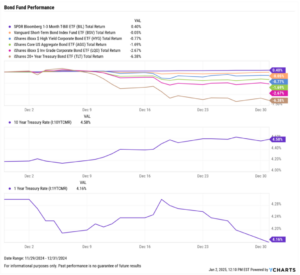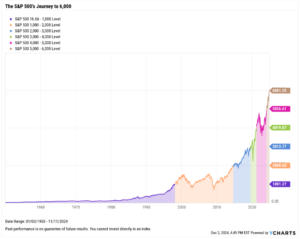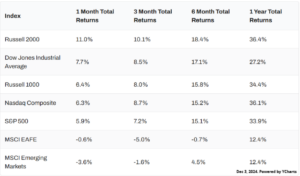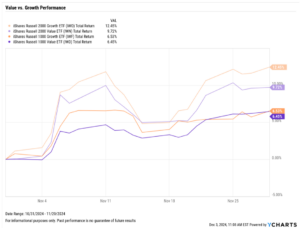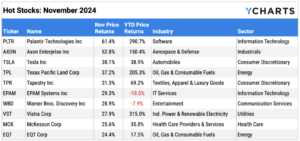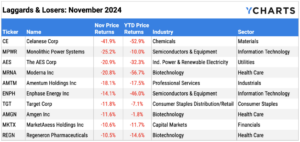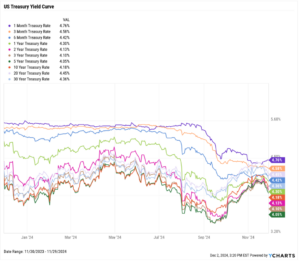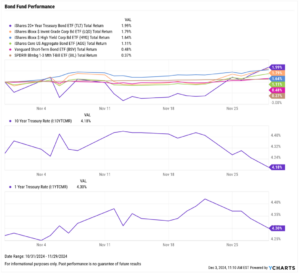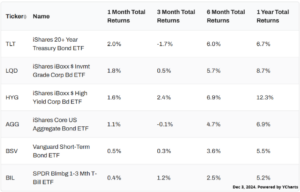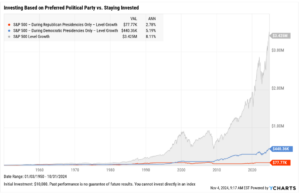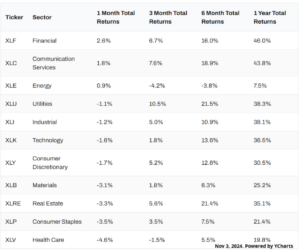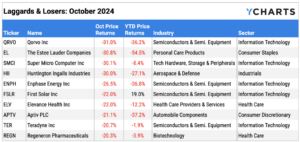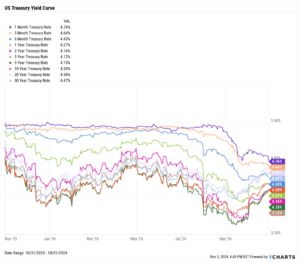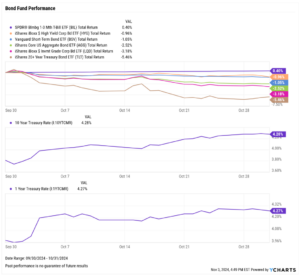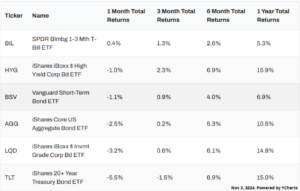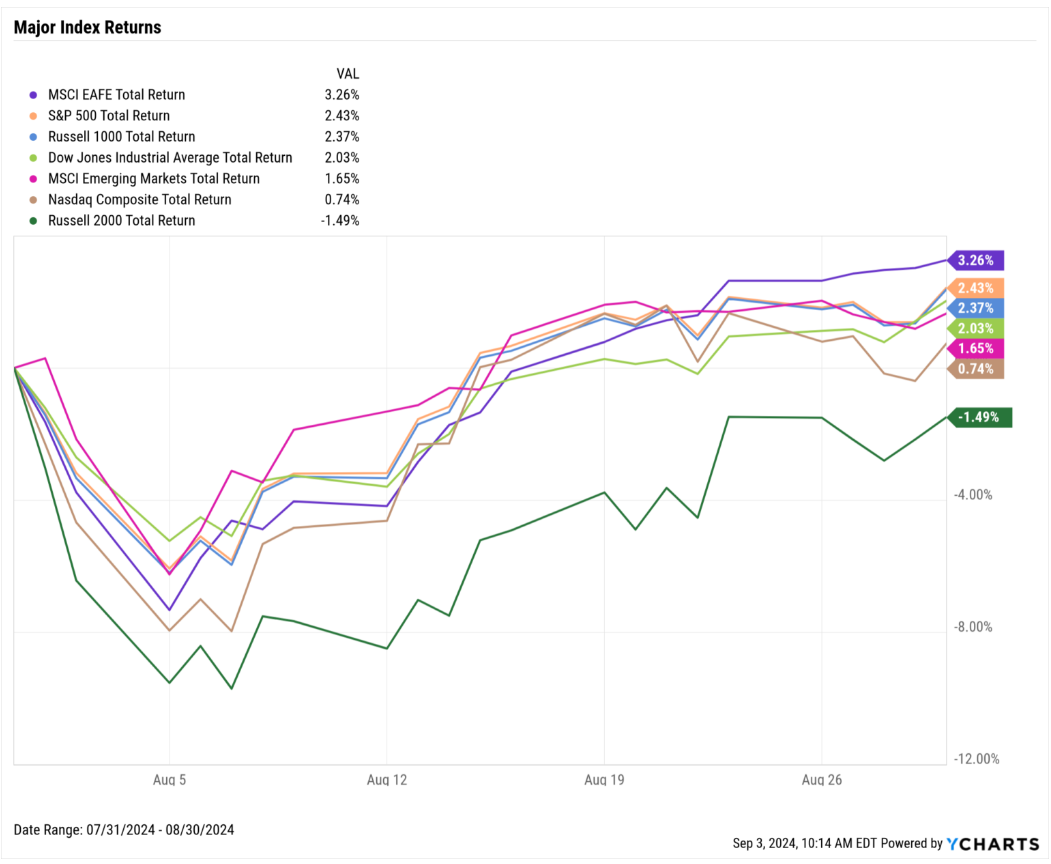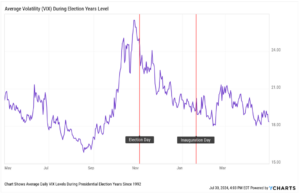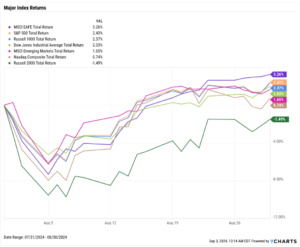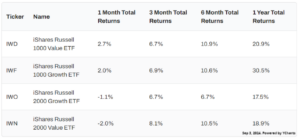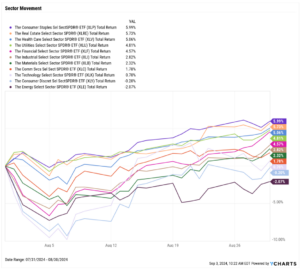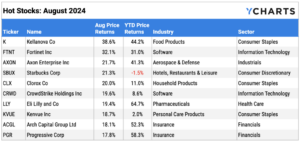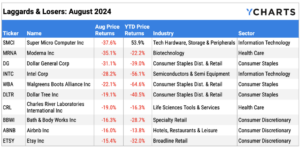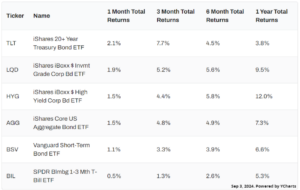May 2025 Market Summary: Stocks Post Strong Gains, Gold Price Stays Flat, Longer-Term Treasury Yields Rise
Stocks posted strong performances across the board including the S&P 500 and Nasdaq, which both had their best months since November 2023. The Nasdaq Composite surged 9.7%, the S&P 500 increased 6.3%, and the Dow Jones Industrial Average added 4.2%. Several companies in the semiconductor sector, including Microchip Technology (MCHP), Broadcom (AVGO) and First Solar (FSLR) helped propel indices higher with jumps of 25% or more in May.
Global markets also had a solid month; Developed EAFE Markets posted a 4.7% gain and Emerging Markets added 4.3%
The only negative sector in May was the Health Care sector, which slipped 5.6%. The three best sectors in May were Technology (+10%), then Industrials (+8.8%), which was helped by respective 27% gains in GE Vernova (GEV) and Rockwell Automation (ROK), followed by Consumer Discretionary (+8.4%).
The YoY Producer Price Index fell one percentage point from 3.37% in March to 2.38% in April (the latest data available) while inflation and core inflation both continue to remain below 3%. The Federal Reserve voted to maintain its key Fed Funds Rate target range of 4.25%-4.50% at the third consecutive FOMC meeting. The price of Gold was virtually unchanged in May, breaking a four-month win streak. However, shares of GLD stayed above $300 for the second straight month.
The yield curve steepened in May as rates on all Treasury instruments between 1 and 30 years increased anywhere between 24 and 29 basis points. The 3-month treasury rate increased 5 basis points, and the 1-month fell by 2. Steepening yields caused long-duration bond funds to fall, including the iShares 20+ Year Treasury Bond ETF (TLT) which declined 3.2%.
Chappell Wealth Watch! US Consumer Sentiment Index Plummets to Third-Lowest Level Ever
Though it was a big month for equities, consumer sentiment greatly soured this month. The US Index of Consumer Sentiment fell to 52.20 in May 2025, its third lowest level on record, just higher than May 1980 (51.70) and June 2022 (50.00).
Notably, high inflation occurred during the latter two periods, and consumer sentiment index improved once inflation cooled down in both instances. But despite inflation staying below 3% throughout 2025, the index has nosedived from 74.00 in December 2024 to 52.20.
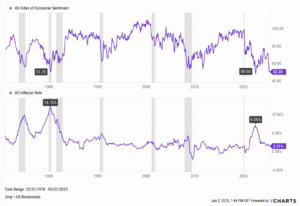
Equity Performance: Equities Rally Across the Board, Nasdaq Composite Up Almost 10% in May

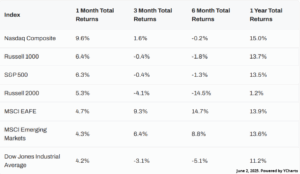
Value vs. Growth Performance
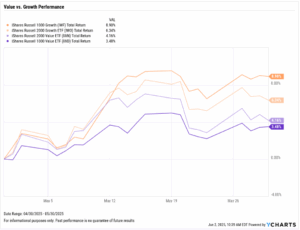

US Sector Movement

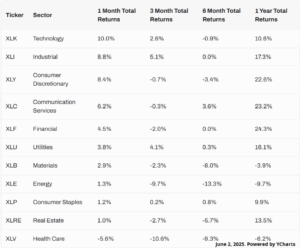
Top 10 S&P 500 Performers of May 2025
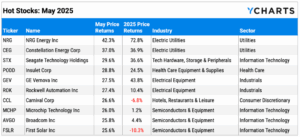
10 Worst S&P 500 Performers of May 2025
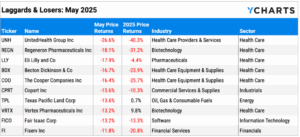
Economic Data Overview: Gold Breaks Four-Month Win Streak, Fed Funds Rate Stays Unchanged, Crypto Soars
Employment
The unemployment rate was unchanged in April at 4.2%, and the labor force participation rate inched higher for the second-straight month, up to 62.6%. Nonfarm payroll data showed that the U.S. economy added 177,000 jobs in April, lower than the downwardly revised 185,000 in March but higher than the Dow Jones estimate of 133,000.
Consumers and Inflation
The US inflation rate fell to 2.31% in April, while core inflation came in virtually unchanged MoM at 2.78%. The US Consumer Price Index MoM rose by 0.2% after contracting in March for the first time since May 2020, and US Personal Spending increased 0.23%.
The Federal Reserve maintained its key Fed Funds Rate target range of 4.25%-4.50% at the FOMC’s May 7th meeting, the third consecutive meeting in which it has voted to do so. The next meeting will take place on June 18th, where investors again anticipate the target range to remain unchanged, according to the CME FedWatch tool.
Production and Sales
The US ISM Manufacturing PMI fell by 0.2 points in April to 48.5, keeping the index in contraction territory for the third consecutive month. However, the Services PMI rebounded 0.8 points between March and April, bringing its latest reading up to 51.60. The YoY US Producer Price Index declined drastically from 3.37% in March to 2.38% in April, while US Retail and Food Services Sales rose slightly MoM between March and April.
Housing
US New Single-Family Home Sales surged 10.9% higher MoM in April, though Existing Home Sales contracted slightly by 0.5% MoM. The Median Sales Price of Existing Homes grew 2.7% in April to $414,000, retaking the same level as August 2024, but remains 3% off its all-time high. Mortgage rates continued to stay relatively stable in May as they have throughout 2025; the 15-year Mortgage Rate was 6.03% as of May 29th, while the 30-year came in at 6.89%.
Commodities
The price of gold was relatively flat in May, breaking a four-month win streak and causing the SPDR Gold Shares ETF (GLD) to finish the month at $303.60 per share, just 1.37% below its all-time high. Oil prices rebounded following a sharp decline in April; the price of Brent crude rose 1.5% MoM to $64.32 per barrel as of May 27th, while the price of WTI increased 3.5% to $61.61 per barrel as of the same date. As a result, the average price of gas rose three cents MoM to $3.29 per gallon.
Fixed Income Performance: Insights into Bond ETFs & Treasury Yields
US Treasury Yield Curve

Bond Fund Performance
